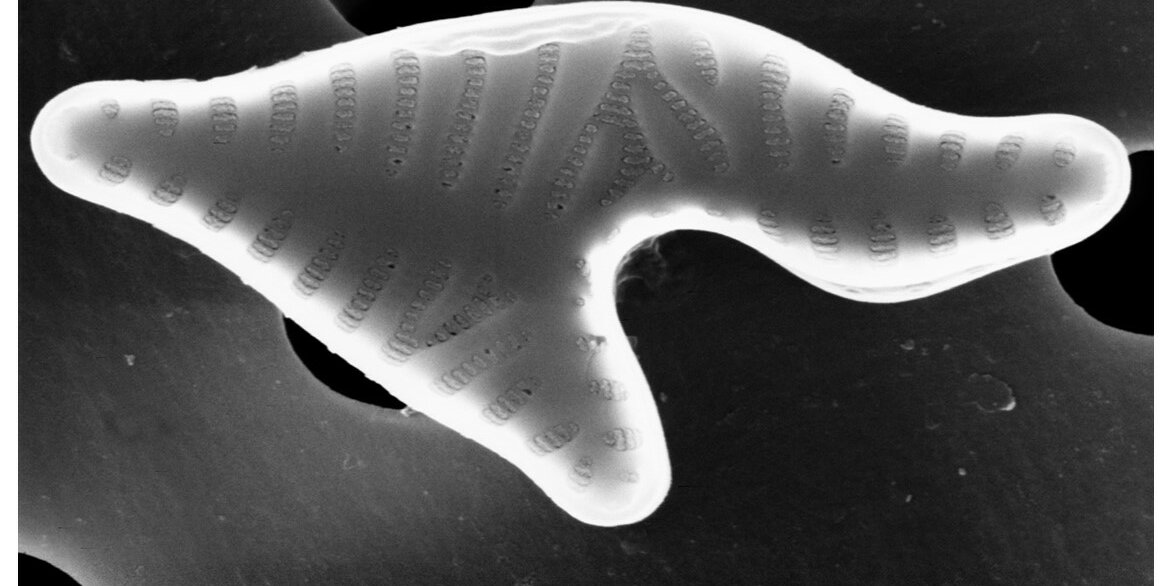
The Ecological Meaning of Diatom Teratological Forms in Rivers
This project began in 2007 as part of a PhD thesis carried out in collaboration with the LIST Research Center in Luxembourg. It aimed at understanding the ecological meaning of morphological alterations in benthic river diatoms and their potential use in environmental monitoring. One of the main outcomes of this research was the publication, in 2009, of a comprehensive literature review on diatom teratological forms accounting for more than 150 citations, which shed light on the mechanisms leading to morphological alterations as a response to several environmental stresses.
FALASCO E., BONA F., BADINO G., HOFFMANN H., ECTOR L. (2009). Diatom teratological forms and environmental alterations: a review. Hydrobiologia (2009) 623:1–35 DOI 10.1007/s10750-008-9687-3
Given the growing interest of the scientific community on this topic, in 2021 the ALPSTREAM group updated the original review, adding recently published information. Over 400 scientific articles were analyzed for this research. Teratological diatom forms have proven to be sensitive and reliable biomarkers of environmental stress, in particular heavy metal contamination, as well as emerging pollutants. In this publication, ALPSTREAM researchers also proposed a protocol for the analysis and interpretation of communities showing a significant proportion of teratological forms.

